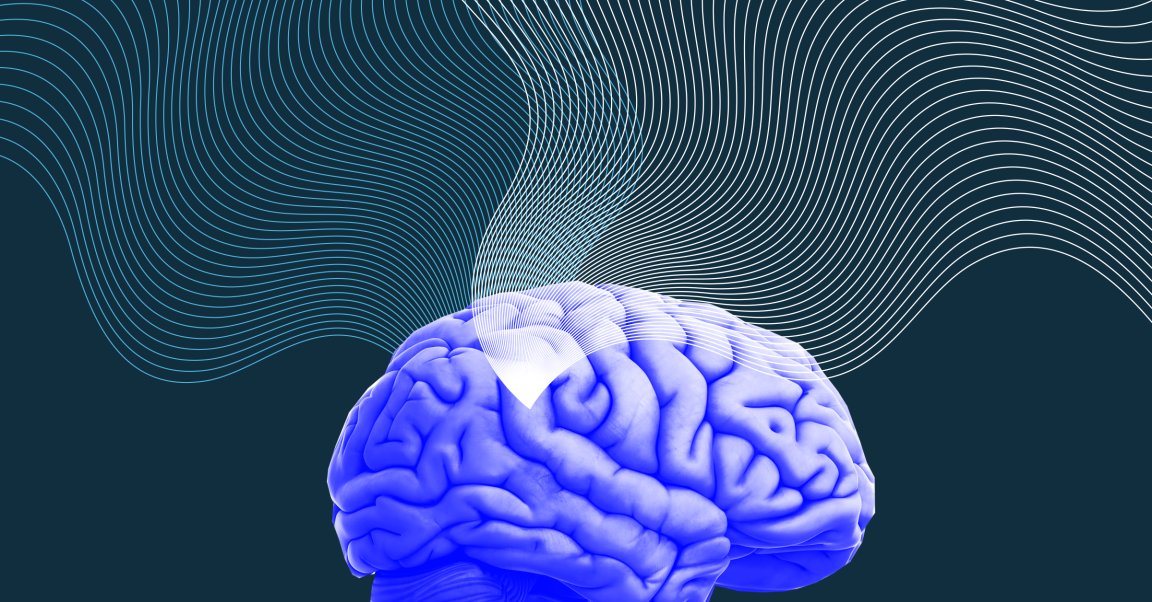
In the near future, there will be a global network of brain-computer interfaces that allow for a total distribution of information in addition to the pervasive surveillance of our every thought. This is the premise of a (fictional) film called The Moment that’s set to debut at the Sheffield International Documentary Festival in June. And just as the film explores a future where mind-reading technology dictates our society, the film’s music and pacing will be dictated in real time by reading an audience member’s brainwaves.
Richard Ramchurn, the film’s director, recently started screening the film for small groups. In each group, one person wore a headset that allegedly records their brainwaves. While the science surrounding the meanings of different brainwaves is somewhat dubious, different people created different versions of the film when it was tuned to their brain. When the readings indicated that the person was losing interest, the film’s music would change, jump to a new scene centered around a different character, or other real-time edits based on brain activity, as reported by MIT Technology Review.
Based on when the person whose brain is guiding the film, the audience may see different scenes and transition among them at different points in time. The central story is the same, but Ramchurn needed to film far more material than would be needed for a typical half-hour film in order to build up enough potential varieties.
It’s a pretty rad gimmick, but not one that’s easily shared. It doesn’t make sense to watch The Moment in a crowded theatre, Ramchurn told MIT Technology Review. People focus on different things at different times, and a movie specially catered to one person’s neural activity would likely be jarring or boring for everyone else.
For now this type of film shares a similar problem with virtual reality films — you need to watch it on your own then chat with friends about it later on. And once the gimmick wears off, people might remember why the film industry spends a great deal of money on proper mixing and editing.
Outside of films though, this mind reading technology has been used in some games, and can also help make neuroscience research more portable and applicable to the real world. For instance the same company that sells the headset also sells apps that neuroscientists can use to collect and analyze the brain signals that they record. Again, some of the science behind brainwaves isn’t fully established (one part of the app can boil a brain’s readings down to levels of “attention” and “meditation.”) But new, diverse applications for neuroscience-based technology could help us enhance our understanding of the brain. Not just to create personalized film experiences, but to give us more ways of reading, analyzing, and immediately creating a tangible effect of our neural activity.